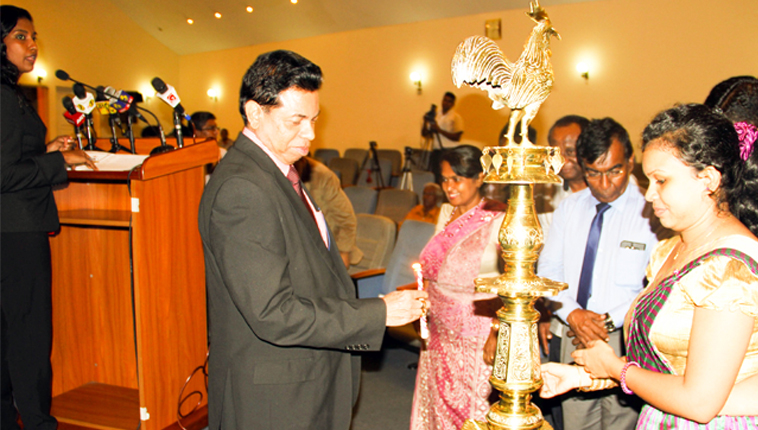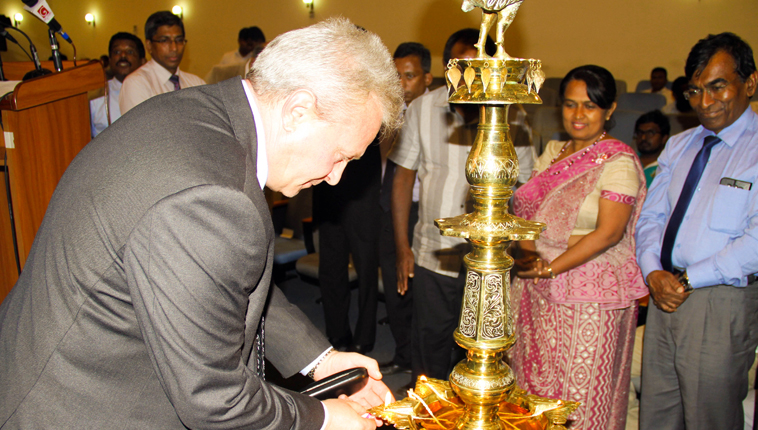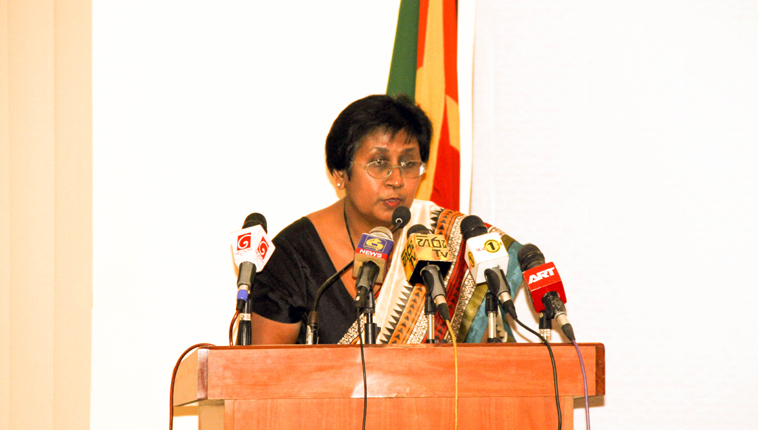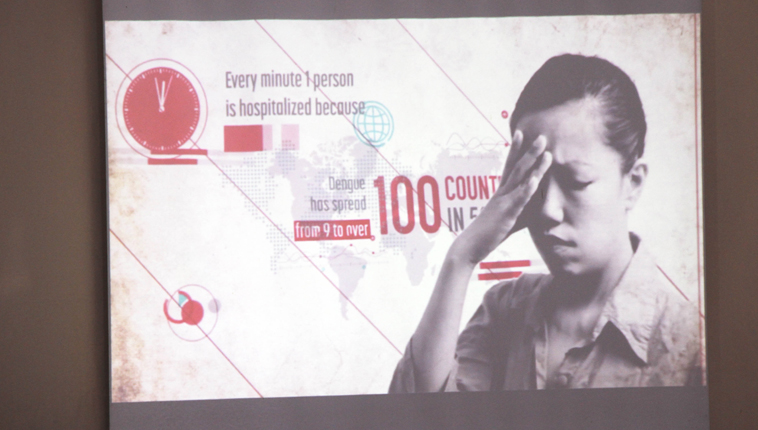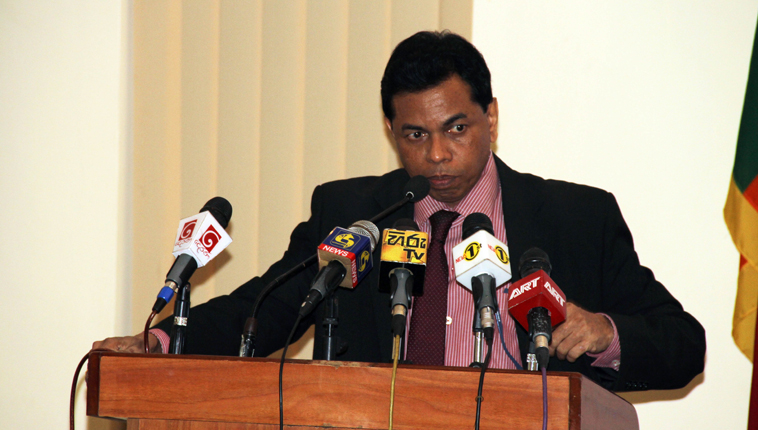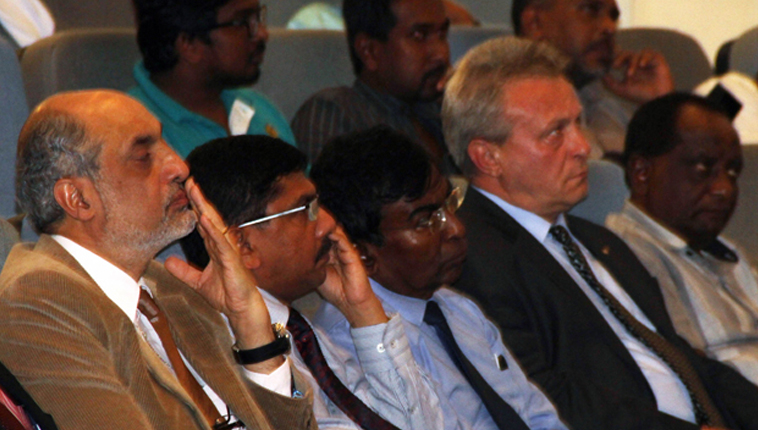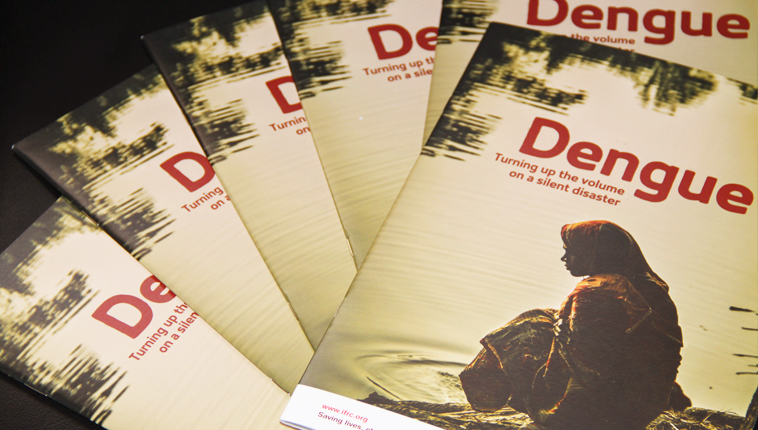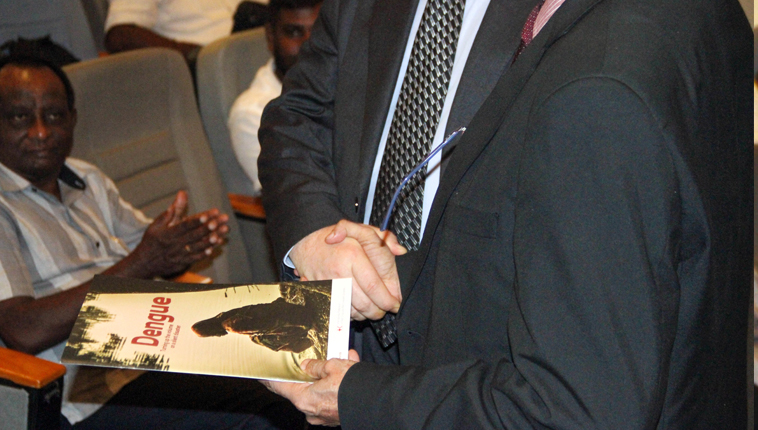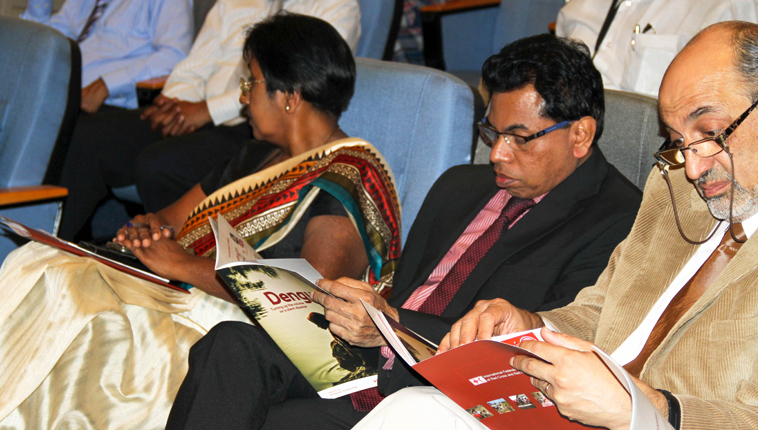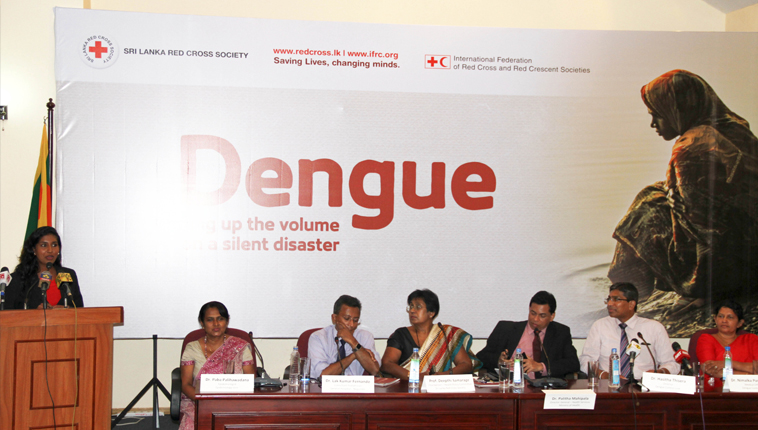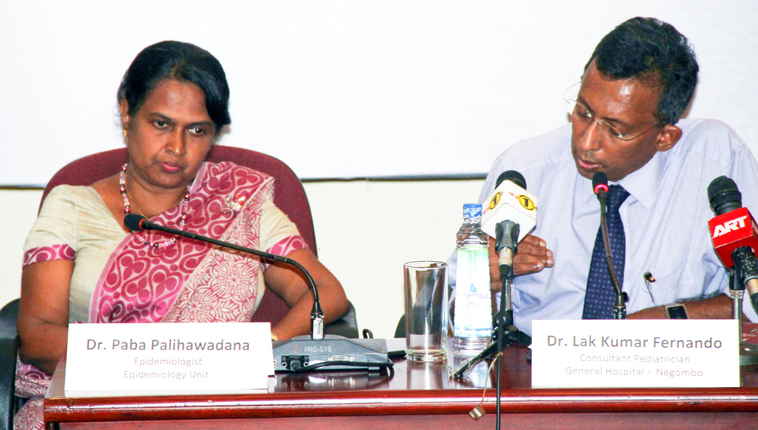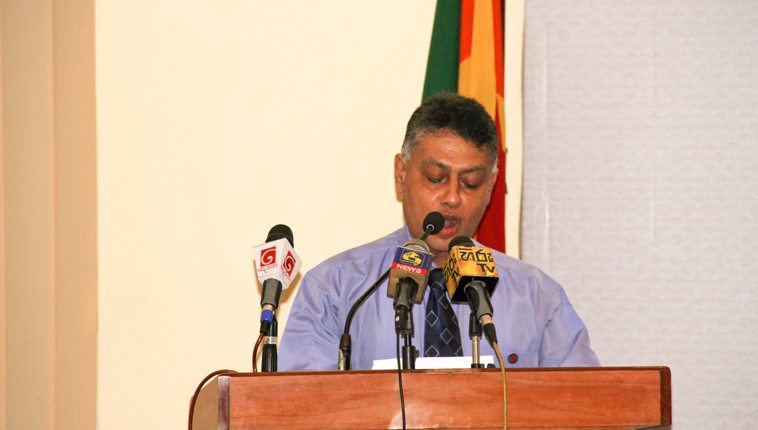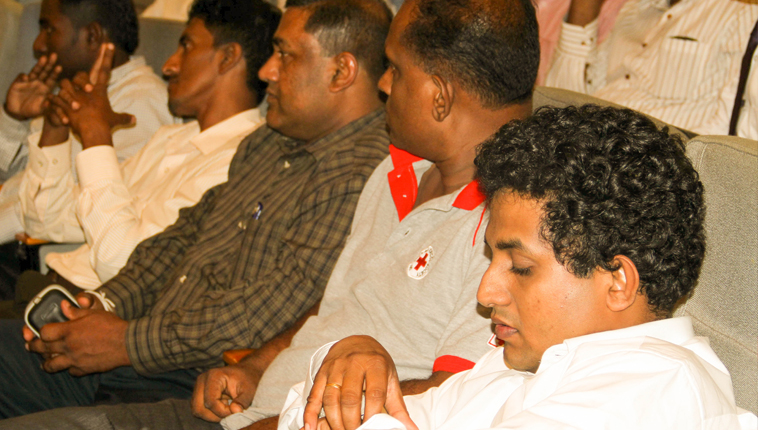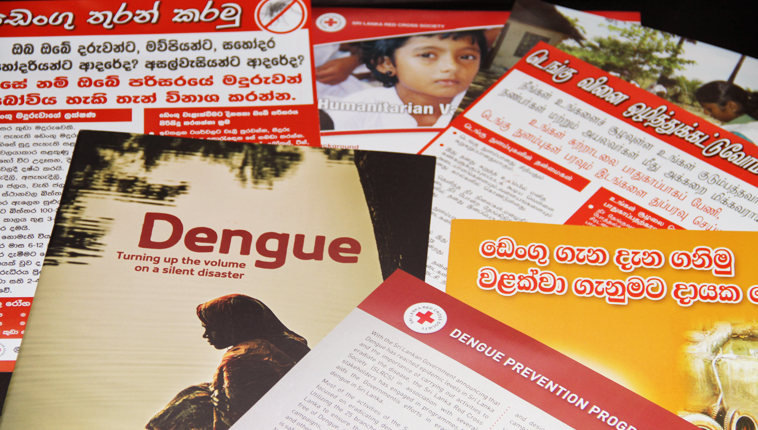Dengue – Turning up the volume on a silent disaster in Sri Lanka
26/06/2014 – Colombo, Sri Lanka: Today, over 40 per cent of the world’s population is at risk from dengue, stresses the advocacy report released today by the Sri Lanka Red Cross (SLRCS) in collaboration with the International Federation of Red Cross and Red Crescent Societies (IFRC)
Dengue is a major public health issue. Over the past 50 years, dengue has spread from nine countries to over one hundred countries, a 30-fold increase in global incidence, making it the most rapidly spreading vector-borne disease. The overall disease burden varies from region to region, with Asia-Pacific housing 75 per cent of those at risk. It is estimated that South-East Asia economies could lose 2.36 billion US dollars annually due to dengue.
In Sri Lanka alone in the first 6 months of 2014, there’s over 16,000 cases of dengue reported to the Epidemiology Unit of the Health Ministry of Sri Lanka.
Accordingly a Global report titled “Dengue – turning up the volume on a silent disaster” was ceremoniously handed over to the Director of Health Services Dr. Palitha Mahipala. The event was held at the Lakshman Kadiragamar hall in Colombo where key dignitaries in the health sector in Sri Lanka took part.
Addressing gathering the Director of Health Service Dr. Mahipala thanked the Red Cross for taking the initiative in grassroots levels to address this issue. “The support what we have seen from the Red Cross is more from the village level, where there have been very evidentiary work on educating people, disseminating key information and supporting towards a clean environment. These type of work matters very well”
The Head of Delegation of IFRC in Sri Lanka Igor Dmitryuk officially handed over the report to Dr. Mahipala during the event.
Meanwhile a panel discussion on dengue and Sri Lanka was held during the event. Dr. Palitha Mahipala, Director General of Health Services of the Ministry of Health, Prof. Depth Samarage – Chairperson of Sri Lanka Red Cross Health Policy Committee and Chairperson of the Sri Lanka Red Cross Nuwara-Eliya Branch, Dr. Lak Kumar Fernando – Consultant Pediatrician at the General Hospital of Negombo, Dr. Paba Palihawadana – Chief Epidemiologist of the Epidemiology Unit at the Health Ministry, Dr. Hasitha Thisera – Director of Dengue Control Unit and Dr. Nimalka Pannilahetti – Medical Officer of the Dengue Control Unit were present at the panel discussion.
Many questions were raised by the media and other members who took part in the event, which ranged from as the What dengue is to how climate change can effect the rise and fall of dengue.
Fighting Dengue in Sri Lanka
The disease is a leading cause of illness and death in the tropics and subtropics. Globally every minute someone is admitted into a hospital and every 25 minutes a young life is lost to dengue. For anyone who has had the disease, a reinfection can be more severe because antibodies in the bloodstream enhance the symptoms.
“While there is no vaccine or cure for dengue, it can be managed and prevented,” says Prof. Deepthi Samarage, Chairperson of the Health Policy Committee at Sri Lanka Red Cross. She goes on to say that, “In the fight against dengue, knowledge and resources at community level must be fully harnessed through integrated health programming. Vector control programmes, community empowerment and awareness campaigns are proven strategies to reduce the burden of the disease. In Sri Lanka, Red Cross volunteers play a key role in community outreach activities for dengue prevention. However, these community activities need to be sustained over time if we want to bring about change in behavior.”
Though dengue affects all segments of society, this silent disaster further marginalizes the poorest and most vulnerable. Overall, the costs of dengue can be double, or even triple, the average monthly income of a family. On an average up to 45 per cent of the health costs are borne by the patient or the family, however in developing countries up to 90 per cent of the costs can be out of pocket expenses. This clearly has a significant economic impact upon the most vulnerable whose monthly income in most cases is significantly lower than the direct costs of the disease.
While the Sri Lanka Red Cross has been responding to dengue outbreaks, we need to start integrating dengue prevention into our health programmes across the country. Sri Lanka Red Cross urges a shift in approach by all stakeholders from responding to isolated outbreaks to investing in long-term integrated programming. “We need to move away from a reactive response to prevention and preparedness-driven activities leading to sustainable behavioural change,” says Jagath Abeysinghe President of Sri Lanka Red Cross.
He goes on to say that, “A long-term engagement with the communities at risk is the key. Grassroots organizations at community level can contribute to sustained improvement of sanitation, reduction of mosquito breeding sites and increased level of knowledge on how to protect the community from dengue and to seek treatment in case of illness.”
Dengue prevention and control is a collective responsibility that requires strong commitment, investment and collaboration among governments, donors, civil society organizations, communities and individuals alike.
Together we can build more resilient communities and ensure that people are no longer abandoned to unnecessary, silent suffering caused by dengue.
